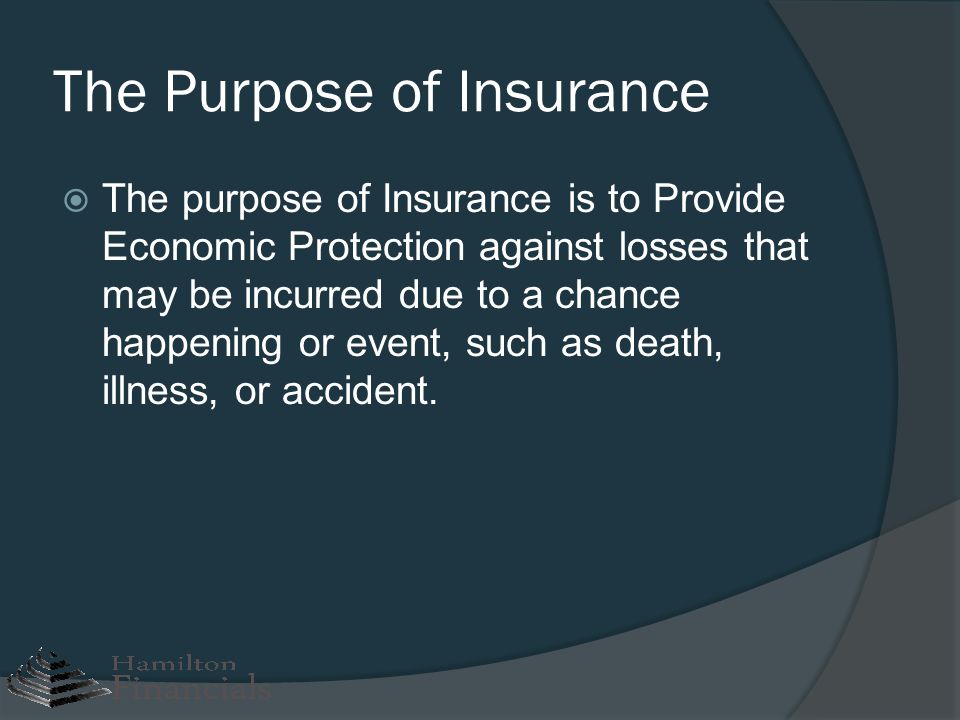Facts About Pacific Prime Revealed
Facts About Pacific Prime Revealed
Blog Article
Getting My Pacific Prime To Work
Table of ContentsTop Guidelines Of Pacific PrimeGetting My Pacific Prime To WorkRumored Buzz on Pacific PrimeAll About Pacific Prime5 Easy Facts About Pacific Prime Shown

This is since the information were collected for a duration of strong economic efficiency. Of the approximated 42 million individuals that were uninsured, almost concerning 420,000 (concerning 1 percent) were under 65 years old, the age at which most Americans come to be qualified for Medicare; 32 million were grownups in between ages 18 and 65, around 19 percent of all adults in this age group; and 10 million were youngsters under 18 years old, concerning 13.9 percent of all kids (Mills, 2000).
These estimates of the number of persons uninsured are produced from the annual March Supplement to the Existing Population Survey (CPS), conducted by the Census Bureau. Unless or else kept in mind, national estimates of individuals without medical insurance and proportions of the populace with different sort of protection are based on the CPS, the most commonly used resource of price quotes of insurance protection and uninsurance rates.
Rumored Buzz on Pacific Prime

Still, the CPS is particularly valuable because it generates annual price quotes reasonably rapidly, reporting the previous year's insurance coverage approximates each September, and since it is the basis for a constant set of quotes for more than twenty years, enabling analysis of patterns in insurance coverage over time. For these reasons, along with the comprehensive usage of the CPS in other research studies of insurance protection that are provided in this report, we rely on CPS price quotes, with restrictions kept in mind.

The price quote of the variety of without insurance people expands when a populace's insurance policy condition is tracked for numerous years. Over a three-year period starting early in 1993, 72 million people, 29 percent of the united state population, were without coverage for a minimum of one month. Within a single year (1994 ), 53 million individuals experienced at least a month without protection (Bennefield, 1998a)
Six out of every ten without insurance grownups are themselves utilized. Although functioning does boost the chance that a person and one's household participants will have insurance coverage, it is not a guarantee. Even participants of households with 2 permanent breadwinner have practically a one-in-ten chance of being uninsured (9.1 percent without insurance price) (Hoffman and Pohl, 2000).
The Only Guide to Pacific Prime
New immigrants account for a considerable proportion of individuals without health insurance. One analysis has actually attributed a significant portion of the recent development in the size of the united state uninsured population to immigrants who arrived in the country in between 1994 and 1998 (Camarota and Edwards, 2000). Current immigrants (those that concerned the United States within the past four years) do have a high rate of being uninsured (46 percent), however they and their kids represent simply 6 percent of those without insurance policy country wide (Holahan et al., 2001).
The connection between health and wellness insurance and access to care is well developed, as documented later in this chapter. The connection between health insurance policy and health and wellness end results is neither straight nor straightforward, a substantial clinical and health services research study literature links health and wellness insurance coverage to improved accessibility to care, better high quality, and enhanced personal and population health condition.
Degrees of analysis for examining the impacts of uninsurance. This discussion of health insurance coverage focuses mostly on the united state population under age 65 because essentially all Americans 65 and older have Medicare or other public protection. Additionally, it concentrates specifically on those with no wellness insurance policy for any type of length of time.
Getting The Pacific Prime To Work
The issues dealt with by the underinsured are in some respects comparable to those faced by the without insurance, although they are usually less serious. Health insurance, however, is neither required nor enough to get access to medical services. The independent and straight result of health and wellness insurance policy coverage on accessibility to health and wellness solutions is well developed.
Others will obtain the healthcare they need even without health insurance, by spending for it out of pocket or seeking it from suppliers who provide treatment cost-free or at extremely subsidized prices. For still others, medical insurance alone does not ensure receipt of treatment since of other nonfinancial obstacles, such as an absence of healthcare service providers in their neighborhood, restricted accessibility to transportation, illiteracy, or linguistic and cultural differences.
The 30-Second Trick For Pacific Prime
Official research concerning uninsured populaces in the United States dates to the late 1920s and very early 1930s when the Board on the Expense of Medical Care created a series of records regarding funding doctor check out this site workplace gos to and hospital stays. This concern ended up being significant as the numbers of medically indigent climbed up during the Great Depression.
Report this page